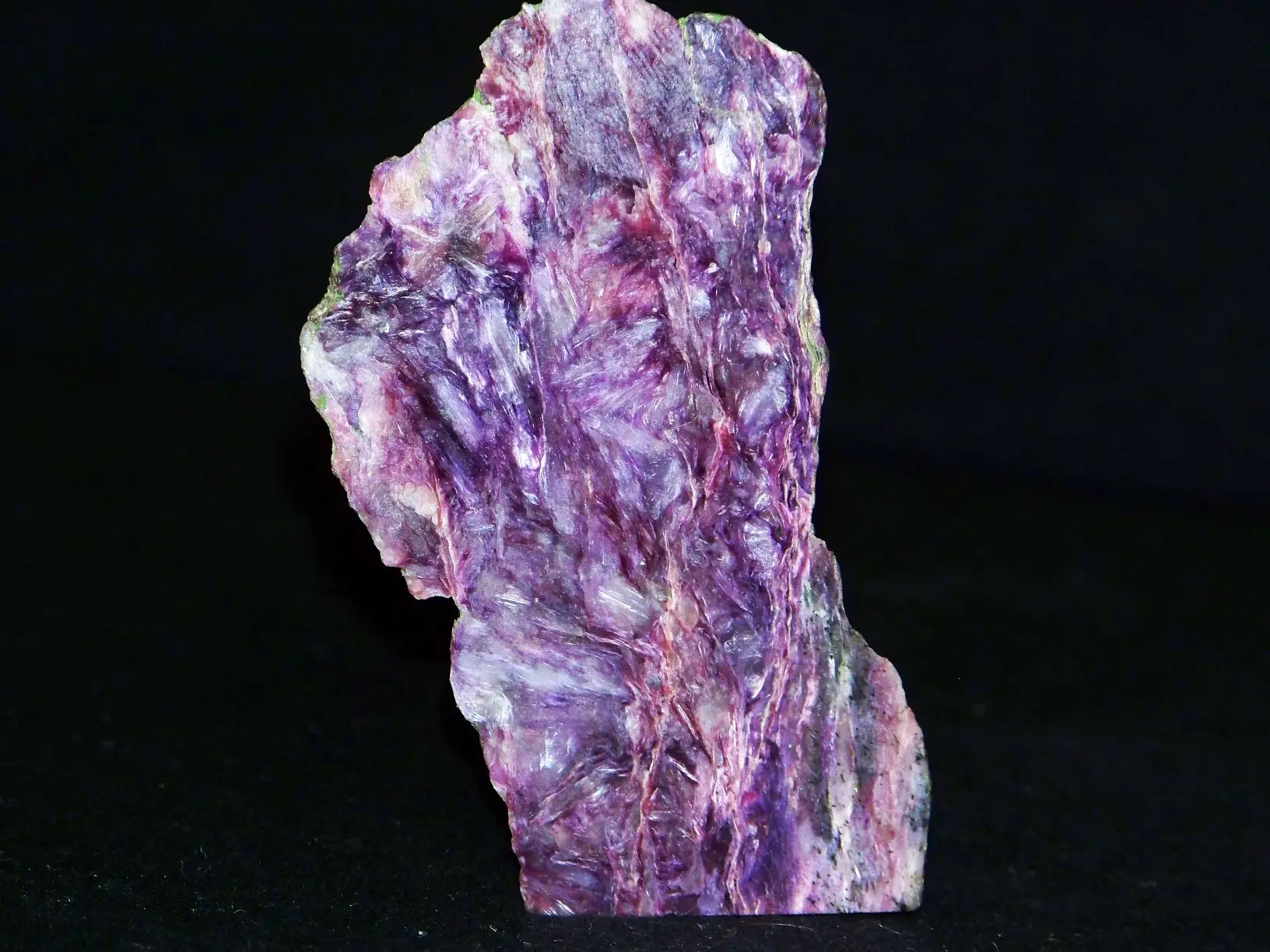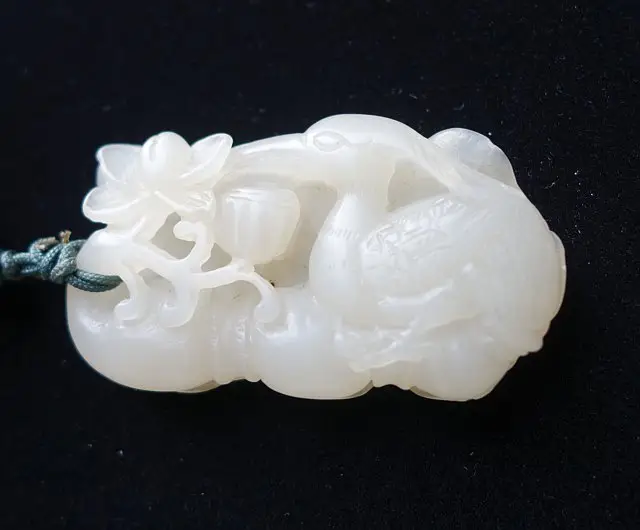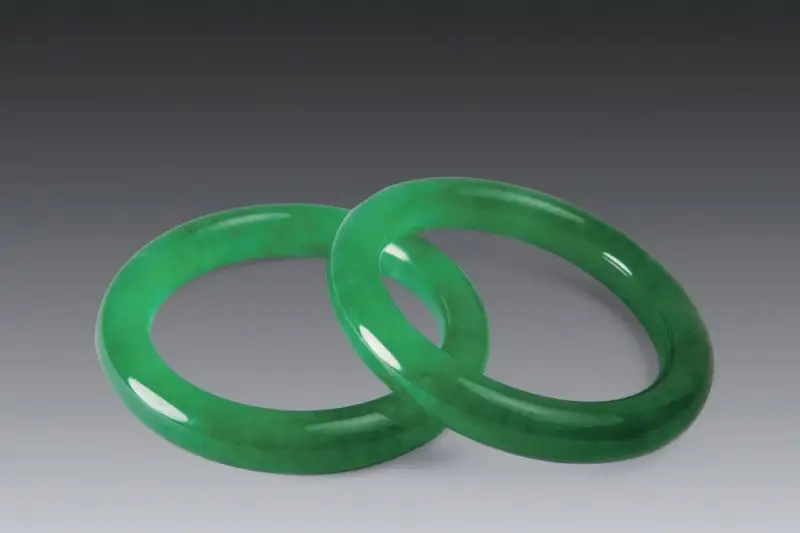Table of Contents
Introduction
Charoite is a newly discovered purple silicate mineral, first identified in 1978 near the Chara River in the former Soviet Union, which is why it was named after this location. In the market, it is also phonetically transliterated as “Charoite.”
Charoite is a metamorphic mineral with vivid purple and white colors. Its fibrous radiating metamorphic structure creates an intertwined appearance of purple and white, resembling a group of dragons in flight, giving rise to its striking commercial name—Purple Dragon Crystal.
Charoite forms through contact metamorphism when syenite intrudes into limestone, resulting in the interaction of heat and magma components, producing a fibrous, radiating, and foliated metamorphic structure.

(Figure 1) 1
Charoite
- Crystal system: monoclinic crystal system
- Hardness: 6
- Specific gravity: 2.54~2.68
- Gloss: glass to grease gloss, silky gloss
- Transparency: translucent to translucent
- Color: purple, white
- Refractive index:1.550~1.559
- Birefringence: 0.009
- Fluorescence: None.
- Cleavage: complete cleavage
- Characteristics: radial fibrous crystal structure
- Imitation: similar to cedar stone
Commercial Value of Charoite
Ornamental
Charoite is primarily used in semi-precious gemstones and for crafting gemstone artworks.
The only other gemstone comparable in appearance and deep purple hue is Sugilite. The main visual distinction between the two is that Sugilite lacks the radiating fibrous metamorphic structure, which can be used to differentiate them. Moreover, their refractive indices and specific gravities further aid in distinguishing them. Generally, Charoite is more affordable than Sugilite, but high-quality, gemstone-grade Charoite can rival Sugilite in price.
Another gemstone known as Seraphinite, which has a green hue and a similar radiating structure, is often compared to Charoite. However, it is actually a type of clinochlore, and its composition is entirely different from that of Charoite.
Charoite has sufficient hardness and is resistant to scratches. However, due to its pronounced cleavage and fibrous structure, it is prone to fracture upon impact, so care should be taken to avoid collisions. Additionally, exposure to hot springs or acidic/alkaline solutions can cause minerals to dissolve, potentially damaging the gemstone.
Follow Honway to learn more about the characteristics of gemstones~
Photo Credit:


